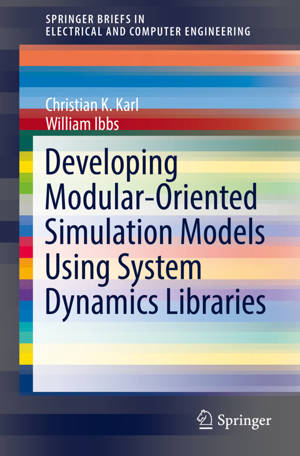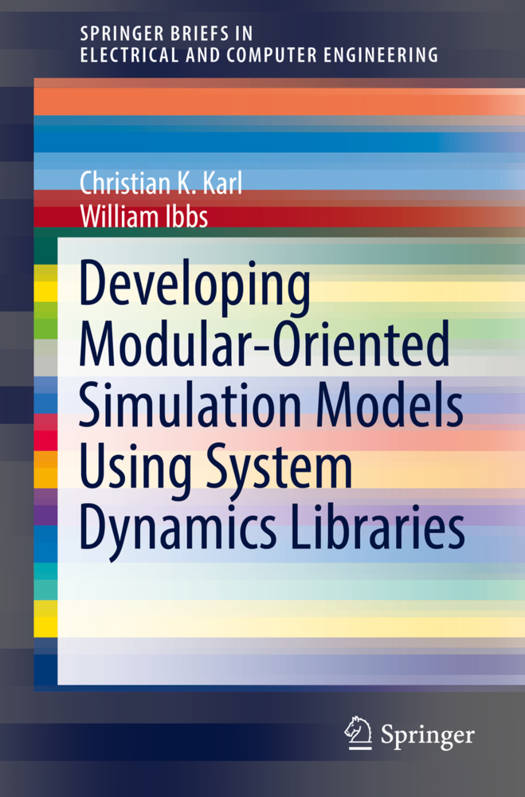
- Afhalen na 1 uur in een winkel met voorraad
- Gratis thuislevering in België vanaf € 30
- Ruim aanbod met 7 miljoen producten
- Afhalen na 1 uur in een winkel met voorraad
- Gratis thuislevering in België vanaf € 30
- Ruim aanbod met 7 miljoen producten
Zoeken
Developing Modular-Oriented Simulation Models Using System Dynamics Libraries
Christian K Karl, William Ibbs
€ 42,45
+ 84 punten
Omschrijving
This SpringerBrief introduces the development and practical application of a module-oriented development framework for domain specific system-dynamic libraries (SDL approach), which can be used in the simulation of multi-causal and dynamic relationships on different levels of an industry, as an example the construction industry. Multidisciplinary research and development teams, scientists from different domains as well as practitioners can develop SDL units from varying perspectives based on this approach. For example, the explanation of the risk situation of a company, the identification and evaluation of project risks, endangered operational procedures on various functional levels, or to improve the understanding of the decision making process in detail. This book is an excellent source for researchers, programmers and practitioners. It enables the development of suitable simulation systems from the beginning and demonstrates that it is possible to connect the development of simulation models and daily work. It provides advanced-level students from different domains with a comprehensive overview and clear understanding of a new and valuable modeling technique.
Specificaties
Betrokkenen
- Auteur(s):
- Uitgeverij:
Inhoud
- Aantal bladzijden:
- 105
- Taal:
- Engels
- Reeks:
Eigenschappen
- Productcode (EAN):
- 9783319331676
- Verschijningsdatum:
- 21/07/2016
- Uitvoering:
- Paperback
- Formaat:
- Trade paperback (VS)
- Afmetingen:
- 156 mm x 234 mm
- Gewicht:
- 176 g

Alleen bij Standaard Boekhandel
+ 84 punten op je klantenkaart van Standaard Boekhandel
Beoordelingen
We publiceren alleen reviews die voldoen aan de voorwaarden voor reviews. Bekijk onze voorwaarden voor reviews.











